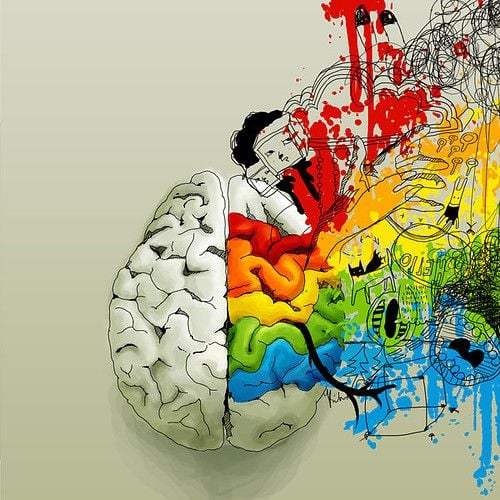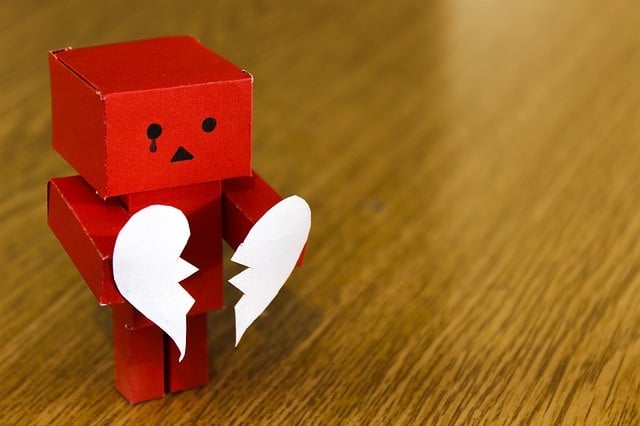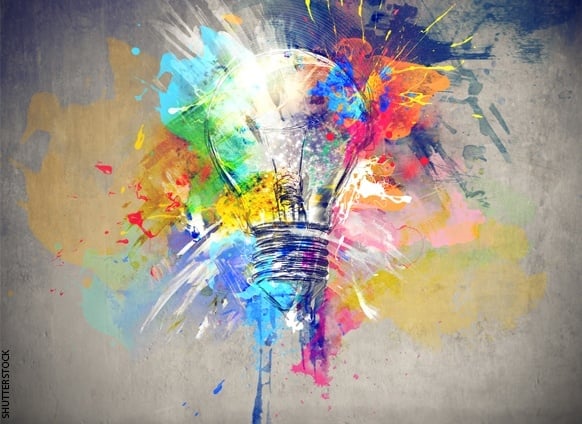Sadness is something we often experience in our lives whether short-term or long-term. Negative emotions can be difficult to deal with especially in a society that has deemed such emotions as something we shouldn’t dwell on. However, it’s important to acknowledge that the negative emotions are just as important as the positive ones.
Negative emotions are crucial for our overall happiness and well-being. They are there to tell us something, help us make sense of life’s ups and downs and evaluate our experiences. When they do come up, they are not to be judged or suppressed but rather should be seen as a tool for getting yourself back onto the right track.
When we encounter negativity, it is important that we focus on how to make use of it rather than try to eliminate it altogether. Having a positive outlook on life is extremely beneficial, but for a lot of us it can be a challenge to reach this state on a regular basis. But did you know that finding ways to channel your negative thoughts and emotions can bring about a great amount of creativity?
What Science Teaches Us About Negativity and Creativity
There have been many successful authors and artists that have been famed for having periods of emotional turmoil resulting in the creation of some of the world’s most beautiful artistic works. Is this a cliche or is there a connection between negative emotions and creativity?
It has been long thought that positive emotions are what fuels our creativity but researchers are finding out that our most complex creative ideas do emerge from dark periods.
In the paper “The Dark Side of Creativity: Biological Vulnerability and Negative Emotions Lead to Greater Artistic Creativity” written by Modupe Akinola, a study was conducted involving positive and negative responses to a group of people asked to talk about their dream jobs. Each person received either positive or negative feedback from the people listening to them. After the experiment, the participants were asked to create a collage. The results showed that the participants who received negative responses created much more intrinsic and creative works of art than those that had experienced positive responses.
A simple experiment but what it shows us is that emotions of sadness make us more immersed and detail-oriented and that this has something to do with the relationship between emotion and cognition.
It seems that somber moods such as anxiety, self-doubt and depressive states can actually stimulate areas of the brain that control attention, analytical thinking and abstract ideas and thoughts. Frustration and anger can fuel creative tendencies and ideas as it’s our brain’s way of dealing with these emotions.
How To Turn Sadness Into Creativity
Negative emotions are common and can be destructive if not dealt with in the right way. The idea is not to eliminate these emotions completely but to minimise the influence they have over us. Rather than forcing ourselves to get rid of them, we should embrace negative emotions and use them as a way to be more productive.
If you find yourself feeling sad, frustrated or angry, instead of stewing in those emotions and doing something passive such as watching TV or surfing the internet, you are much better off engaging in writing, art or exercise. With this in mind, here are some important elements to consider when channelling your negative emotions in a positive way.
1. Identify Your Negative Emotions
This is the crucial first step – to acknowledge the negative emotions that you are currently feeling and accept them for what they are. If you feel that they linger or show up regularly then this is when channelling these emotions into more creative means could be beneficial. If they stem from a particular problem then try to frame the problem using questioning techniques to get other perspectives. This can help you dig deeper into the problem and find a solution that you would never have uncovered when in a happier state.
2. Direct Your Negative Emotions At Problems Not People
It’s important to use the creative process as a way to direct the negative state away from others. Concentrating on creating will not only be therapeutic and allow potential inspiration to flow, but also channel the sadness, frustration, anxiety or depression away from those around you deflecting unnecessary conflicts.
3. Don’t Judge Yourself
When you’re in the creative process it’s really important to not be judgemental towards yourself. When you’re experiencing negativity it is easy to fall into this trap. Creativity is an inspired process that works best when you are free of over-analysing and evaluating your ideas.
Therapeutic Advantages of Creativity
Of course, not only does your negative emotions channel your inspired thoughts and ideas, it can enhance your mood making the creative process intrinsically rewarding. Creative therapy whether you are dancing, writing or painting, can be a powerful therapeutic tool.
People experiencing sadness may be responding to internalised thoughts and images that are overwhelmingly negative. Getting involved in a creative process can help shift these negative thoughts when undergoing an activity that allows you to use the side of the brain that focuses on fulfilment and enjoyment – although not a means to rid yourself of ongoing negative emotions, it can be used to slowly see and feel a different set of emotions altogether. Recent studies have shown that immersing yourself in a creative activity results in raising the levels of dopamine as well as the neurotransmitter serotonin in the brain.
Ways You Can Get Creative
There are so many ways you can channel your anger, sadness, frustration, depression and anxiety into something creative. It’s important to find something that you enjoy doing and not force it – find something that comes naturally to you. Here are a few ways on how to turn sadness into creativity.
- Writing – Writing can be used in many forms; from putting your negative emotions down onto paper or writing a story. The act of writing can not only clear your head but doing this while you’re experiencing sadness can give you extra inspiration and insight especially when you need to get ideas for a particular project. You could even start a blog or that novel you’ve always wanted to write.
- Dancing – Expressing yourself through dance is a great way to get creative. Music and moving around will help with your creative mind and release endorphins.
- Painting and Drawing – Sit down to paint or draw. Use lots of colours and textures and see where it takes you. Remember you’re not there to judge it – just let the creativity flow and see the results.
- Creating and Building – Designing and building something needs analytical skills and focus – something you have a lot more of when you’re in a state of sadness.
- Cooking – Cooking can be overlooked as a creative process and creating dishes can help turn sadness into creativity. Why not try making something you’ve never tried before? Design your own recipe and just see what you end up creating or challenge yourself with only a few ingredients. It could just be the best meal you’ve ever made.
- Playing an Musical Instrument – Creating music to has always been a famed way of focusing negative feelings to create masterpieces. Some of the best songs and lyrics have come out of emotional turmoil – if you have a talent for playing a musical instrument or have always wanted to try then attempting this when in a negative state may produce something amazing.
Featured photo credit: Pexels via pixabay.com















































